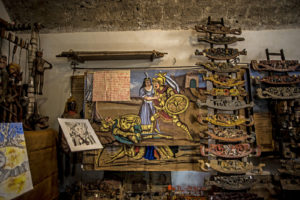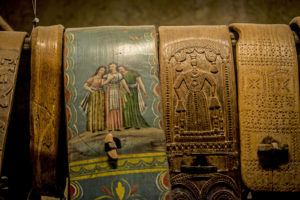Among the narrow streets of Palazzolo Acreide we find the Antonino Uccello Birthplace Museum, one of the first ethnographic museums in Sicily.
The museum was opened in 1971 thanks to the passion of its founder, Sicilian teacher and poet
Antonino Uccello
, Driven by his love for his land after spending most of his life in northern Italy, he decided to create this special place. Local tradition is kept alive in the rooms of the noble palace of the Ferla family (18th century), purchased in the 1970s by the new owner.
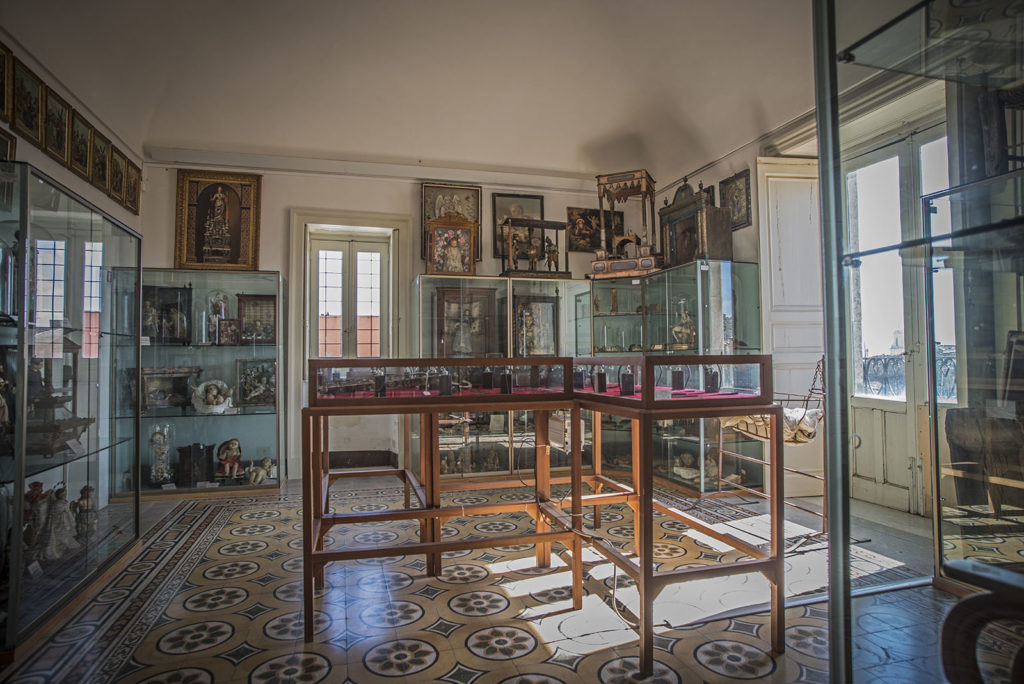 The museum runs through the entire building to the upper floor, where we find the owner’s residence.
The museum runs through the entire building to the upper floor, where we find the owner’s residence.
Inside there are objects that document rural life: tools used by shepherds, furniture and everyday ceramics, the farmer’s room furnished with the original furniture, figurines from nativity scenes,
puppets
and typical
carts
, veritable works of art of Sicilian craftsmanship.
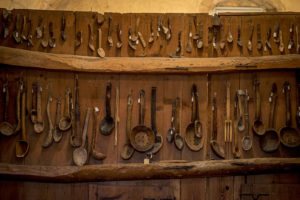
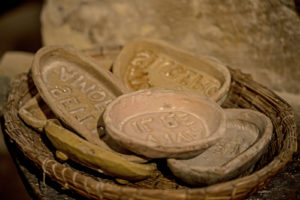
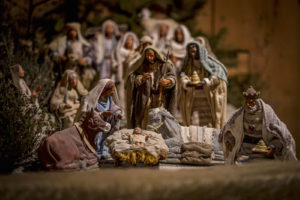
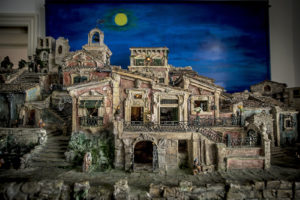
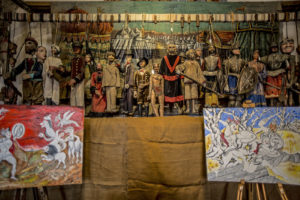
The cart’s make-up included aspects of sculpture and painting. It was more than just a decorative element that portrayed historical, symbolic and sacred subjects; it was, above all else, a functional element. In fact, the layers of paint guaranteed greater protection for the underlying structure.
